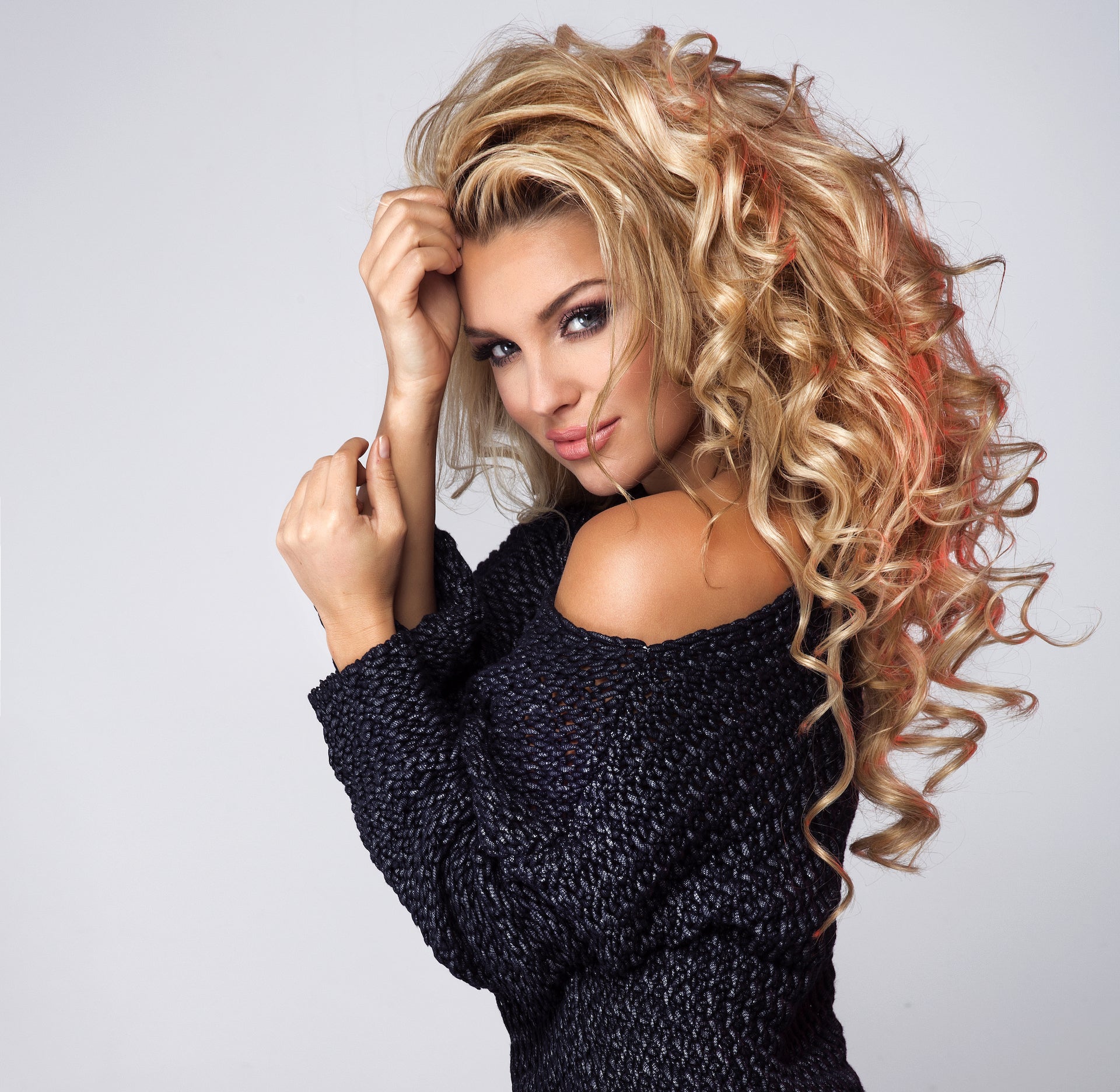Hair Extensions
Hair Extension Types
As someone who enjoys changing up my hairstyle from time to time, hair extensions have become a staple in my hair accessory collection. They're great for adding volume and length to hair, and can come in all different textures, lengths, and colors. Plus, they can even be used as a protective style for growing out your natural hair if done correctly.If you're new to hair extensions, it's important to note that there is a bit of skill required when it comes to installing them. I recommend going to a professional like those at Belt Salon.Clip-In Hair Extensions
Clip-in hair extensions are perhaps the easiest way to install hair extensions. Make sure you buy actual clip-in extensions, as regular weft hair or loose bundles won't work for this method. To install clip-ins, all you need to do is part your hair into horizontal sections and apply the clips where needed. They're quick to install and easy to remove, but can fall out just as easily.
Tape-In Hair Extensions
Tape-in hair extensions are also relatively simple to install, but there is a bit more risk involved. To install them, you must first part your hair into horizontal sections and place the excess portion of your hair into a neat bun. Then, following the line of your part, gently fill in the space by squeezing a small amount of professional hair glue onto the scalp. Fan the area dry for approximately five seconds before placing the flat part of the weft onto your scalp. Be careful not to squeeze too hard as controlling the movement of the glue can become a bit tricky. If the glue overflows, it will become tangled in the hair, which can be difficult to remove.
Sew-In Hair Extensions
Sew-in hair extensions are done using cornrow braids. To install sew-ins, you must first part your hair into horizontal sections and place the excess hair into a neat bun. Then, following the line of your part, create a single horizontal cornrow. If your hair is long, you'll need to place the hanging part of the braid on top of the braided portion that is on the scalp. Next, take the flat part of the weft and, using a hair needle and thread, sew the hair extensions on top of the braid. You'll need to continue this for each part as needed. If you want the extensions to fill the entire head, you should braid the hair in a circular "basket" shape before sewing the wefts onto the braids.

Brazilian Knot Hair Extensions
Brazilian knot hair extensions are perhaps the most complex and can only be done with loose bundles. The hair has to be sectioned into many small-medium sized boxes. Each portion of the sectioned hair is wrapped at the root with a piece of the hair extension. You want the pieces of hair bundle to be a bit thicker than the natural sectioned hair in each box. Continue wrapping the hair extension until it is secure. Lastly, using the hair extension, tie a knot around the natural hair and cut off any excess hair from the knot.
To summarize, there are several different types of hair extensions and installation methods to choose from. It's important to choose the one that works best for your hair type and lifestyle. If you're new to hair extensions or unsure of how to install them properly, it's always best to seek the help of a professional or experienced individual. With the right installation and care, hair extensions can be a great accessory to add to your hairstyle arsenal.










Leave a comment